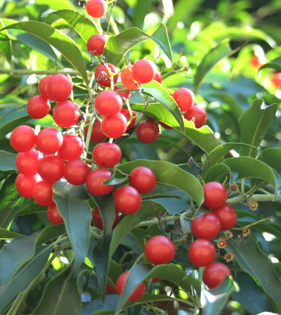Cha de Bugre
Other Names: Bois d'ine, Brazilian Diet Pill, Bugrinho, Cafe de Bugre, Café de la Forêt, Café des Bois, Cafe do Mato, Cafezinho, Cha-de-Negro-Mina, Chá de Bugre, Cha de Frade, Claraiba, Coffee of the Woods, Coquelicot, Cordia ecalyculata, Cordia salicifolia, Grao-do-Porco, Laranjeira-do-Mato, Louro-Salgueiro, Louro-Mole, Pilule Amincissante Brésilienne, Porangaba, Rabugem.
Cha de Bugre is the fruit of the Cordia salicifolia tree (a plant that grows in tropical forests throughout South America). The tree produces a red fruit that looks a lot like a coffee bean. This fruit is often roasted and brewed into a tea as a substitute for coffee. One of its names is "cafe do mato" or “coffee of the woods.” Often roasted and consumed in tea form, cha de bugre is also available as a dietary supplement.
Special Precautions of Cha de Bugre
Lithium interacts with Cha de Bugre
Benefits and uses of Cha de Bugre are
Some people think Cha de Bugre decreases appetite, but there is no scientific evidence that this is true. There is not enough known about Cha de Bugre to know how it might work for any medical use.
- Weight loss and obesity.
- cellulite.
- Cough.
- Fluid retention (edema).
- Gout.
- Cancer.
- Herpes.
- Viral infections.
- Fever.
- Heart disease.
- Wound healing.
